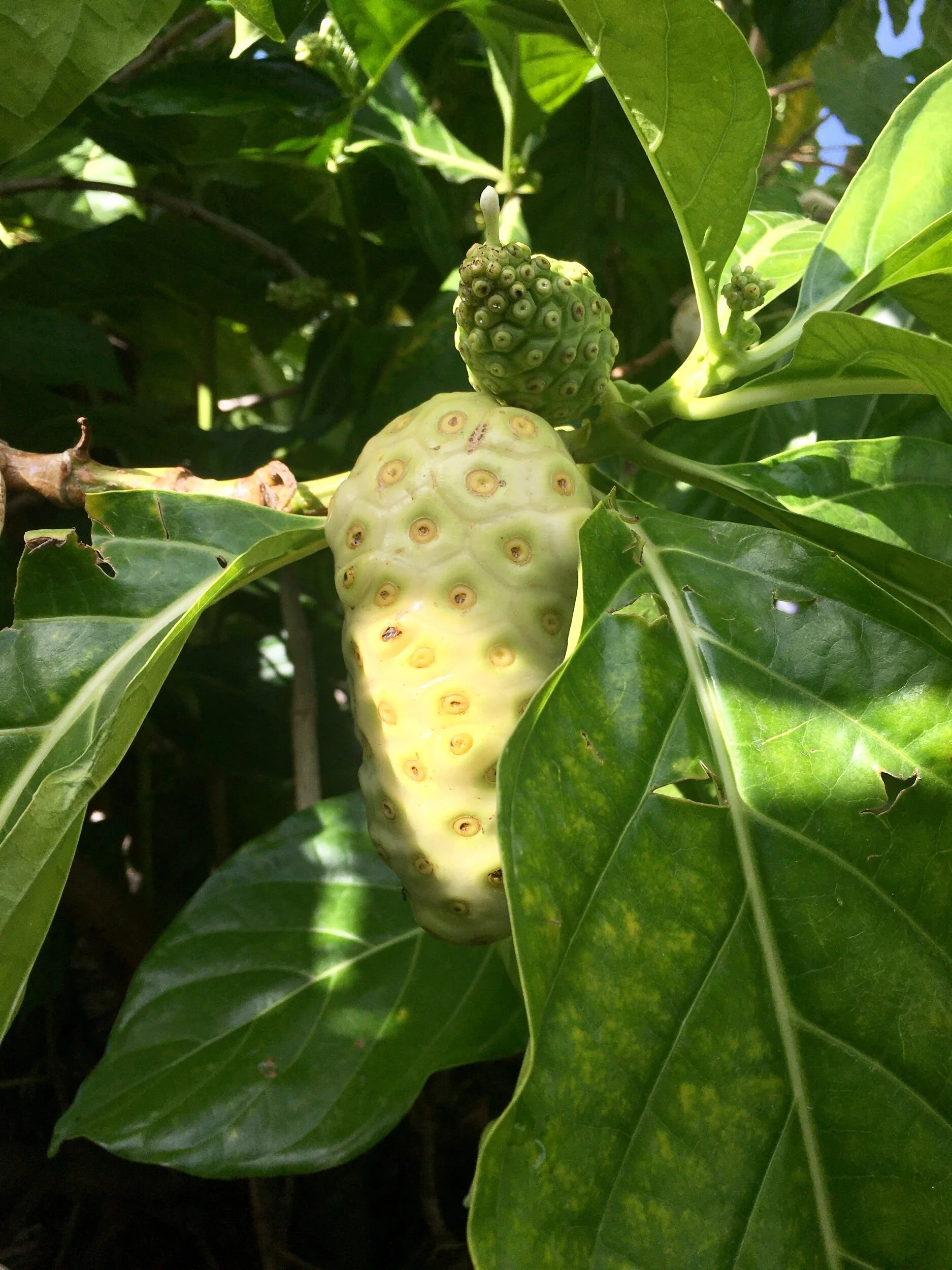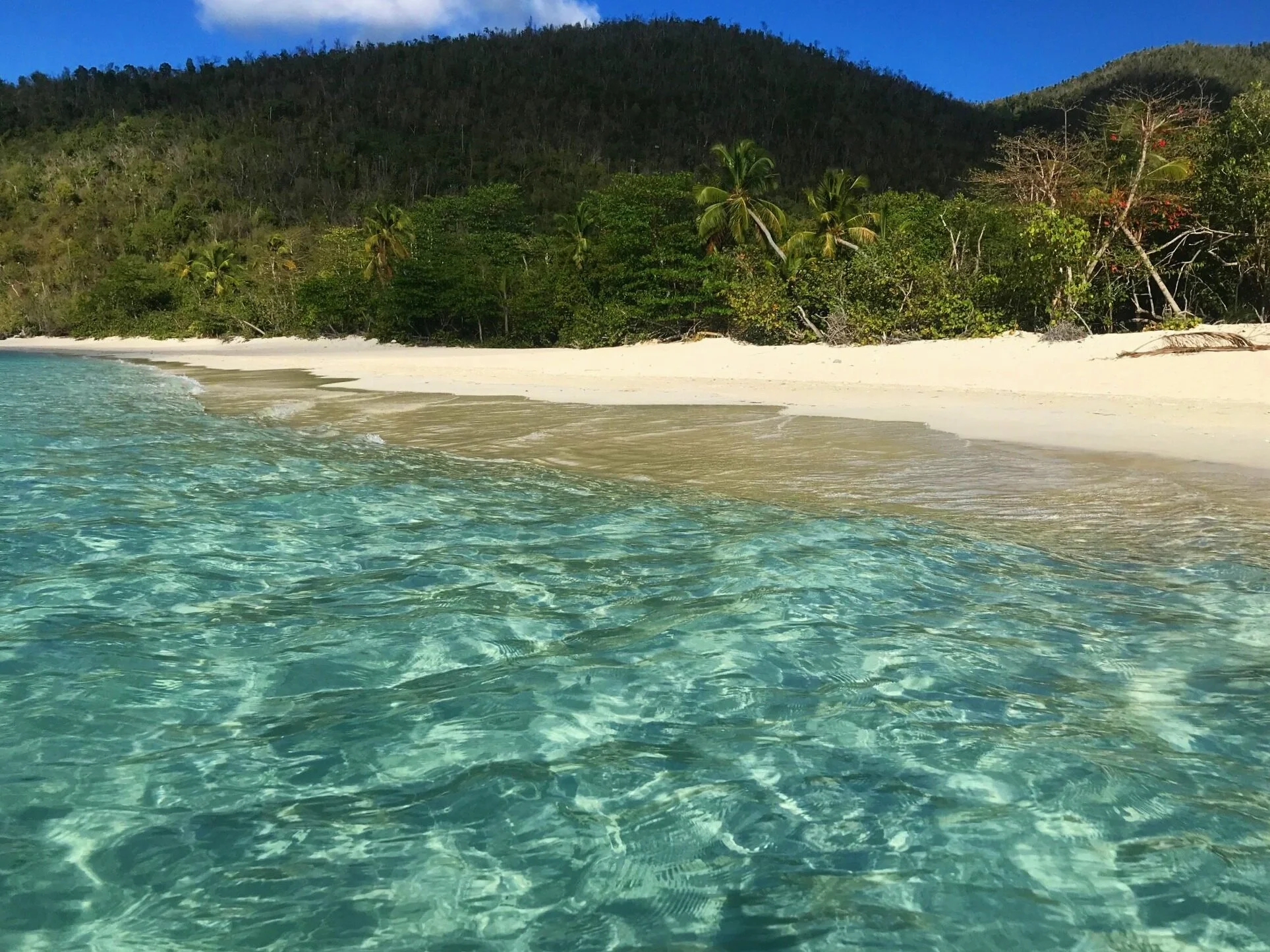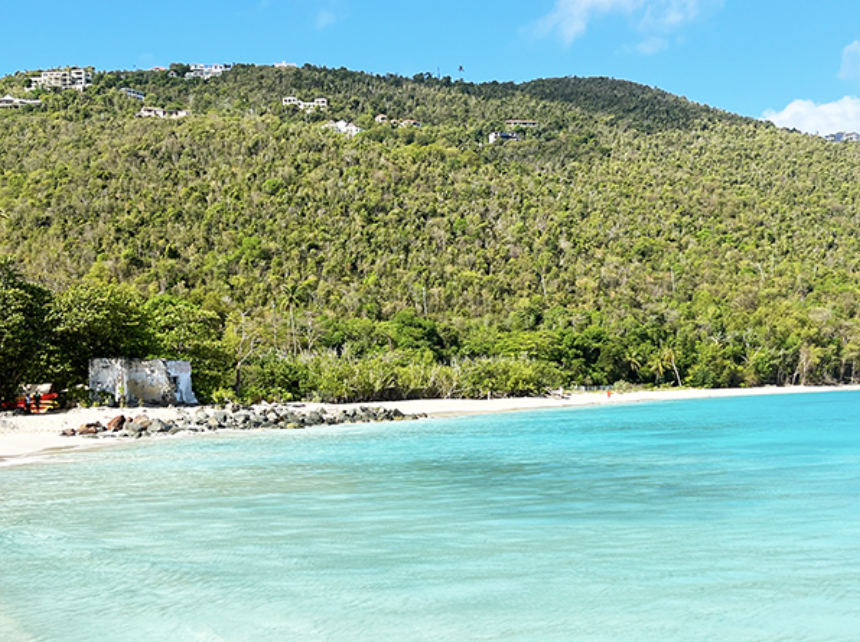Explore St. John, USVI: 10 Incredible Trails Ranked from Easy to Challenging
St. John in the U.S. Virgin Islands isn’t just about beautiful beaches and snorkeling. It’s also home to a network of hiking trails that take you deep into lush tropical forests, past ancient petroglyphs, along historical sugar mill ruins, and up to panoramic island views. With over 20 trails winding through Virgin Islands National Park, there’s something for every level of adventurer. Whether you want a quick scenic walk or an intense uphill trek, this guide explores 10 must-hike trails from easy to most difficult, each rich with natural and cultural wonder.
1. Peace Hill Trail (Easy)
Distance: 0.2 miles round trip | Time: 10 minutes
Don’t underestimate this short trail! Peace Hill Trail may be brief, but the reward is grand. Beginning just off North Shore Road, this trail leads to the ruins of a windmill. You get sweeping views of Hawksnest Bay and Trunk Bay from the hilltop. It’s ideal for a quick morning stop or for travelers with limited mobility. The terrain is relatively flat with only a gentle incline, making it a perfect family-friendly option. Bring your camera. The sunsets here are unforgettable.
2. Francis Bay Trail (Easy)
Distance: 0.7 miles | Time: 15 minutes
This relaxing walk combines natural beauty and wildlife encounters. The Francis Bay Trail begins near the beach and winds through dry forest, coastal areas, and a mangrove wetland, which is home to various bird species. A boardwalk makes part of the trail more accessible. There are interpretive signs along the way, educating hikers about the ecosystem. It ends at the calm and scenic Francis Bay Beach, where you can relax and swim. This is a great trail for early mornings when birds are most active.
3. Leinster Bay Trail (Easy to Moderate)
Distance: 0.8 miles one way | Time: 30 minutes
If you love ocean views and the sound of gentle waves, this is the hike for you. The Leinster Bay Trail hugs the coastline, offering picture-perfect views and leading to one of St. John’s most celebrated snorkeling spots—Waterlemon Cay. The trail is mostly flat, but rocky in places, so good shoes are recommended. You’ll pass the ruins of an old Danish guardhouse and can even spot turtles in the shallows. Pack your snorkeling gear to cool off at the end!
4. Lind Point Trail (Moderate)
Distance: 2.3 miles round trip | Time: 1 hour
Conveniently located near Cruz Bay, Lind Point Trail offers a great mix of exercise and beach time. It takes you through a dry forest filled with cacti, fragrant bay rum trees, and birdsong. You can take either the upper or lower trail, which both lead to the hidden gems of Salomon and Honeymoon Beaches. These white-sand beaches are quieter alternatives to busier spots, great for swimming and sunbathing. The elevation changes are gentle, making this a great first trail for new hikers.
5. Ram Head Trail (Moderate)
Distance: 2 miles round trip | Time: 1.5 hours
This trail stands out for its unique desert-like terrain and breathtaking views. Starting at Salt Pond Bay, the Ram Head Trail takes you along a rocky peninsula to the southernmost point of the island. Expect dramatic cliffs, salt flats, and ocean panoramas that will leave you speechless. The trail has historical significance too—it was once a refuge for escaped enslaved people. Go early to beat the heat, and don’t forget your water and sun protection. The payoff? A stunning 270-degree ocean view from the windy peak.
6. Reef Bay Trail (Moderate to Difficult)
Distance: 2.4 miles one way | Time: 2-3 hours
This popular trail starts high on Centerline Road and descends through dense tropical forest. Along the way, you’ll see ancient petroglyphs carved by the Taino people, as well as the ruins of the Reef Bay Sugar Mill. If you take the spur trail to the waterfall, visit after rainfall to catch it flowing. Though it’s all downhill going in, the hike back is steep and challenging. Some hikers arrange for a boat pickup at Reef Bay Beach to avoid the return climb.
7. Johnny Horn Trail (Difficult)
Distance: 1.8 miles one way | Time: 2-3 hours
Named after a Danish surveyor, this historic trail connects Leinster Bay to Coral Bay. It climbs steep ridges and drops into valleys, passing several ruins, including the Murphy Great House. The views along the way stretch across the Sir Francis Drake Channel. While not especially long, the trail's frequent elevation changes and rocky path make it a more strenuous option. Wear supportive footwear and start early to beat the heat. It’s a favorite for adventurous hikers who love a bit of history with their sweat.
8. Lameshur Bay Trail (Difficult)
Distance: 3.8 miles round trip | Time: 2.5 hours
This quiet trail is perfect for those wanting to escape the crowds. It starts at Little Lameshur Bay and traverses a variety of landscapes, including shady forests and dry grassy hills. It connects with the Reef Bay Trail, so you can combine them for a longer hike. Highlights include hidden ruins, diverse plant life, and the chance to see deer or wild donkeys. Because it’s more remote, make sure to bring plenty of water and tell someone your plans before heading out.
9. Bordeaux Mountain Trail (Difficult)
Distance: 1.2 miles one way | Time: 1.5 hours
This steep uphill trail rewards you with the highest viewpoint on St. John—Bordeaux Mountain, rising 1,277 feet above sea level. The hike is short in distance but intense in elevation gain. At the top, hikers are treated to stunning vistas over Coral Bay and the surrounding islands. The trail can be slick after rain, so tread carefully. This trail is for seasoned hikers or those seeking a good workout with a great reward. Bring your best shoes and a camera.
10. Caneel Hill Trail (Challenging)
Distance: 2.4 miles round trip | Time: 2 hours
Starting just outside of Cruz Bay, Caneel Hill Trail takes you to a wooden overlook platform with panoramic views of St. John, St. Thomas, and the British Virgin Islands. It’s a favorite among locals for sunrise and sunset hikes. The trail is steep in parts and rocky underfoot but shaded by tall trees. You'll pass through multiple ecosystems, including dry forests and areas regenerating after hurricanes. Keep your eyes open for hermit crabs and colorful lizards along the way.
Final Thoughts
St. John offers some of the most diverse and rewarding hiking experiences in the Caribbean. Whether you want a peaceful beachside stroll or a heart-pumping mountain climb, the island’s trail system has you covered. Always check trail conditions before heading out and bring adequate water. Respect the land, the wildlife, and the people who call this island home. Happy hiking!





































